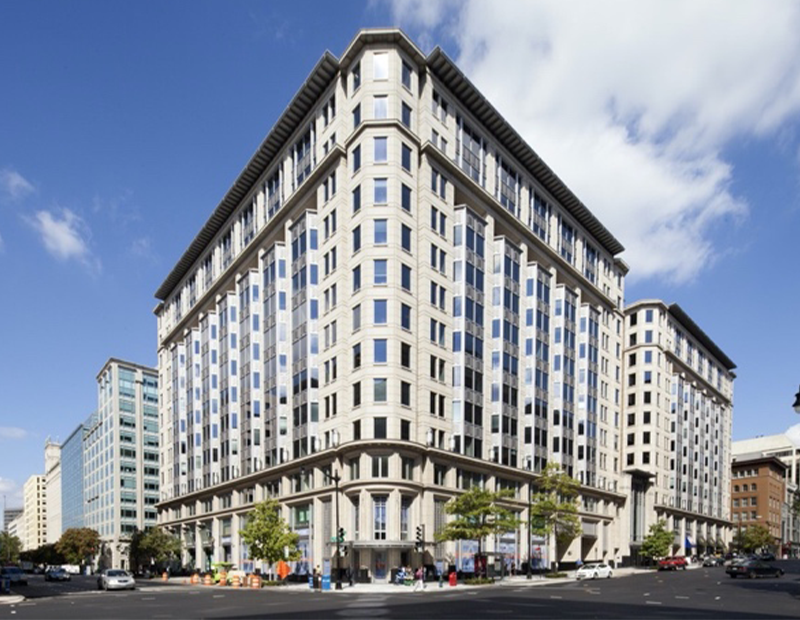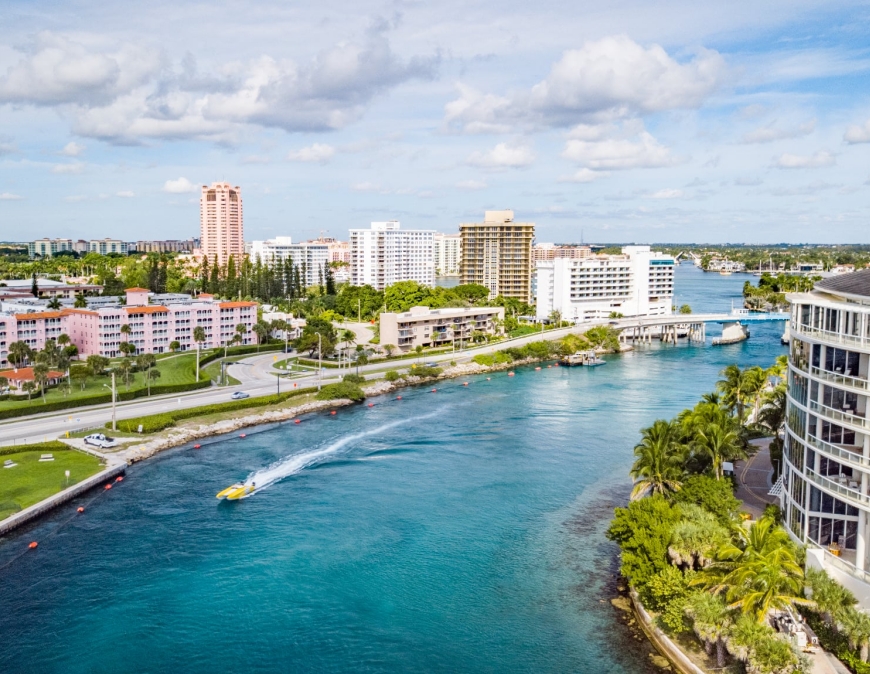Why Those Big Store Closings Aren’t the Whole Story
A more nuanced take on retailers’ brick-and-mortar strategy.

We’re barely three months into 2024 and the list of retailers shedding stores this year continues to grow. Yesterday, Dollar Tree became the latest company to announce plans to right size their portfolios by closing underperforming locations.
Dollar Tree, the parent company of Family Dollar, said it will close about 1,000 stores, with the ax falling mostly on Family Dollar. That dollar store chain will lose 600 stores in the first half of 2024, followed by about 370 as leases expire over the next several years. About 30 Dollar Tree-branded stores will also shutter when their leases expire. The two chains merged in July 2015. Dollar Tree currently owns 16,000 stores, including 8,000 Dollar Tree-branded locations and 7,500 Family Dollar locations.
Citing a “very challenging macro environment,” including rising levels of theft and inventory loss, Dollar Tree officials noted fourth-quarter same-store net sales were down 1.2 percent at Family Dollar while rising 6.3 percent at Dollar Tree. The decision came following a comprehensive store portfolio optimization review which began late last year.
The review identified stores for closure, relocation or rebannering based on an evaluation of current market conditions and individual store performance, among other factors, the company stated in its fourth-quarter 2023 earnings report.
“The trend of retailers analyzing their store footprint and closing underperforming locations is quite common and is likely to continue in the near term,” Brandon Isner, CBRE’s Head of Retail Research for the Americas, told Commercial Property Executive. “In a time when inflation remains an obstacle to efficient business, every percentage point of profitability counts. Additionally, with retail space at an all-time low in availability, asking rent growth has been higher and landlords hold more leverage with renewal negotiations.”
Other retail companies planning store closures this year include Macy’s, which said in late February it was closing approximately 150 underproductive locations through 2026. The new strategy, dubbed A Bold New Chapter, is aimed at strengthening Macy’s nameplate and accelerating the growth of its luxury brands, Bloomingdale’s and Bluemercury. As part of that strategy, Macy’s expects to open about 15 Bloomingdale’s nameplate stores and at least 30 new Bluemercury stores and remodel another 30 Bluemercury assets.
READ ALSO: Rethinking CRE Risk & Return in 2024
Green Street data lists at least nine other retailers and one restaurant chain—Applebee’s—with announced closures for 2024. Foot Locker has the most with 105 store closures planned. Victoria’s Secret is looking to close 35 stores while another mostly mall-based apparel shop, American Eagle, is shutting 25 retail outlets. U.K.-based retailer, The Body Shop, filed for Chapter 7 bankruptcy last weekend and said it would shutter all 50 stores in the U.S. About 90 percent of those are in malls, with 85 percent located in Class A malls, “a reminder that even the highest quality malls are not immune to bankruptcy fallout,” stated a March 11 Green Street research report.
Last year, there were more than 4,600 store closures, up about 80 percent from 2022, according to Coresight Research. Reasons for the closures included bankruptcy as in the case of Bed, Bath & Beyond, which closed 866 stores in the U.S. after it declared bankruptcy in April 2023. Rising theft and underperforming stores were also cited for some of last year’s retail closures.
Openings vs. closings
On the positive side, James Cook, JLL senior director, Americas Research, told CPE the retail vacancy rate is at an all-time low, noting the number of new opening announcements by retailers far outpaced closures.
“Of course, even in the best of retail times, there are always some chains that must right size their portfolios,” Cook said. “However, the overall strength of retail right now, and the American consumer, leads us to believe that, at least, in the near term these types of closure announcements will be the exception, not the rule.”

Green Street’s latest Mall Sector Update report also notes store opening announcements continue to outpace closures and retailers remain relatively optimistic despite concerns about weakening consumer demand and economic uncertainty. Fitness, apparel and discount categories are seeing the biggest net increase in openings, according to Green Street research.
In fact, Coresight data showed nearly 5,500 stores opened last year.
Dollar Tree was among the retailers following that trend in 2023. Rick Dreiling, chairman & CEO, said during yesterday’s fourth-quarter earnings report call with analysts the company opened 219 new stores in the fourth quarter, bringing the full-year new store openings to 641 last year. Dreiling said that figure was “at the high end of our target of 600 to 650.”
For 2024, Dreiling said the company was “placing a greater emphasis on Dollar Tree openings given the attractive returns and performance, and we expect the vast majority of our new store openings in fiscal 2024 will be Dollar Trees.”
Strategic closures
CBRE’s Isner said there will be more store closures in the coming months, but the strategy can coincide with retailers continuing to open new stores.
“We see this with retailers wanting to explore new retail formats,” he told CPE. “We’ve seen traditionally mall-based retailers now looking for off-mall locations for new stores, even as they are looking to close some underperforming mall locations.”
Isner said some closures are also for geographical reasons as retailers move into new markets.
“A retailer might be closing excess stores in a slow-growth area, but it is simultaneously looking to expand in faster-growing areas such as the Sun Belt states or in mountain regions,” he continued. “We also saw a significant share of net migration into tertiary markets around the pandemic, so some retailers might look to those areas for expansion.”
Last week, Aldi, the nation’s fastest-growing grocery chain last year, said it was planning to add 800 stores to its U.S. footprint over the next year. The $9 billion expansion plan calls for new locations in the Northeast, Midwest and West. It will open its first location in Las Vegas and plans to grow in other key western markets like Phoenix and Southern California. Last year, Aldi added 109 stores, totaling 2.5 million square feet of space, according to JLL’s latest Grocery Report. The chain added nearly three times as many stores in 2023 as Publix, which opened the second-most locations.







You must be logged in to post a comment.